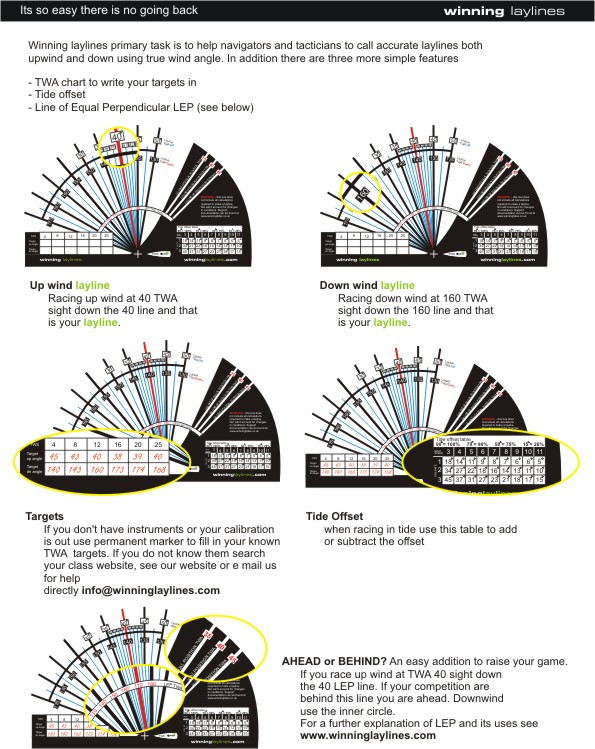TallBuoy
Member
I've just been catching up on the thread about one or several tacks which refers to lay lines for obvious reasons.
If one of the crew has time and skill to work them out from wind angles and tide at the time, fine.
But I am often skippering with a crew of inexperienced clients, having to stay behind the wheel and near the mainsheet at all times, so navigational decisions are 'on the fly'. I often can't set up a waypoint on the GPS.
What are the hot tops for keeping it simple and effective ?
If one of the crew has time and skill to work them out from wind angles and tide at the time, fine.
But I am often skippering with a crew of inexperienced clients, having to stay behind the wheel and near the mainsheet at all times, so navigational decisions are 'on the fly'. I often can't set up a waypoint on the GPS.
What are the hot tops for keeping it simple and effective ?

